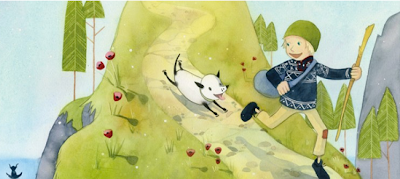My grandson had a fabulous time at our church Harvest Festival. He went on the slide, bungee slide and velcro wall, to name a few. I got to thinking about his rhythm and how it changed with every event he attended. So it is with musicians and their rhythm. Keep practicing the scales, inversions and octaves. Here are a few articles I wrote awhile back on rhythm.
- Beginner
Quarter Note = 1 count
A quarter note is all black with a
stem on it either going up or down. I call it our "stepping" note
because the note just steps and moves along. With 4/4 time, you would
have a measure of 4 quarter notes because one quarter note gets 1 count.
Remember music and math go together.
Half Note = 2 counts
Repeat Dots (Repeat Sign)
Whole Note = 4 counts
Dotted Half Note = 3 counts
Now, the cool thing is that every type of music note has a corresponding rest. A rest sign means "do not play" like a rest area. Sometimes it means get your hand ready in position and move up, yet still do not play a note, just rest! Examples of some rests are:
Quarter Rest
Half Rest
Whole Rest
Each measure in 4/4 time has notes and rests adding up to 4 counts.
Time Signature
2 means two beats in each measure
4 means the quarter note receives one beat or count.
3 means three beats in each measure.
4 means the quarter note gets one beat.
4 means four beats in each measure
4 means the quarter note gets one beat.
Practice Directions
1. Clap and count the rhythm aloud.
2. Play and say the name of notes aloud.
3. Play and count the rhythm aloud.
Keep ascending by a half-step. Then increase the tempo.
Sometimes you may be wondering when a composer wants you to play straight eighth notes. When there are both dotted eighths and sixteenths, regular eighth notes are played straight. Some professional musicians will make notes on their sheets when it comes to sudden key changes, difficult passage, time signature changes, etc.
If interested, visit Backpocket Band Software It will help you keep a beat and works with pcs and macs. Easy to use on the computer, next to your keyboard or piano.
"The beautiful thing about learning is that no one can take it away from you." B.B.King

















![Validate my Atom 1.0 feed [Valid Atom 1.0]](valid-atom.png)







